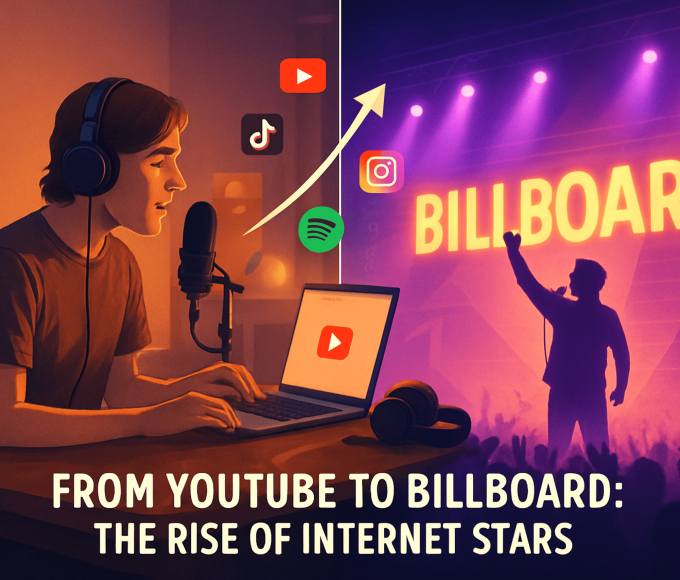Reality TV once soared to extraordinary heights, captivating global audiences with unscripted drama, high-stakes competitions, and personal confessions. Today, however, the conversation revolves around whether this genre still holds sway or has begun a slow fade into obscurity. To understand if reality television is genuinely on the decline, it helps to assess rating trends, evolving viewer habits, and key statistics that shape the discussion.
A Snapshot of Reality TV’s Evolution
- Early 2000s: Shows such as Survivor and Big Brother initiated the modern wave of reality TV.
- In the mid to late 2000s, singing competitions, including American Idol and The X Factor, dominated prime-time slots.
- 2010–2015: Production costs remained relatively low, drawing more networks to invest in spin-offs and niche realities.
- 2016–Present: Also, streaming services diversified content, offering viewers more choices and challenging the dominance of traditional broadcast reality shows.
The Ratings Picture
Ratings for reality TV have seen shifts that paint a complicated picture of the genre’s future. Some programs still attract dedicated fans, while others struggle to remain relevant amidst fierce competition. Below is a simplified table showing the estimated average viewership for a few well-known reality shows over the past four years (figures are representative rather than exact):
| Show Name | 2019 Average Viewers (Million) | 2020 Average Viewers (Million) | 2021 Average Viewers (Million) | 2022 Average Viewers (Million) |
| Survivor | 7.4 | 7.1 | 6.3 | 5.8 |
| American Talent | 9.3 | 8.9 | 8.2 | 7.4 |
| The Love Mansion | 4.6 | 4.2 | 3.5 | 3.2 |
| Chef’s Challenge | 6.1 | 5.8 | 5.4 | 5.2 |
Key Observations:
- Gradual Decline: Most reality shows exhibit a mild decrease in average viewership.
- Continued Relevance: Viewership levels remain strong enough to justify ongoing production despite lower numbers.
- Niche Audiences: Certain categories (e.g., cooking or dating) hold a more stable following.
Factors Influencing Declining Viewership
1. Viewer Fatigue
Audiences that once watched the rise and fall of contestants across multiple shows each week now experience “reality fatigue.” The abundance of near-identical formats—talent hunts, house-based isolations, or dating scenarios—can lessen the novelty that once drew large, engaged crowds.
- Over-Saturation: Too many shows debuting every season
- Predictable Storylines: Audiences quickly recognize formulaic editing
2. Rise of Streaming Services
Platforms like Netflix, Hulu, and Amazon Prime have diversified programming options. Binge-watching dramas or documentaries compete directly with time once devoted to live broadcasts of reality TV.
- Original Content: Streamers develop unique reality formats, shrinking broadcast-only audiences
- On-Demand Habits: Viewers watch when convenient, reducing the shared experience of simultaneous tuning
3. Competition from Social Media
Social media sites create instant entertainment, offering short-form videos and real-time updates that continuously engage users throughout the day. These platforms compete for the same leisure time once reserved for traditional television.
- TikTok and YouTube: Billions of hours of user-generated content
- Live Interactions: Immediate feedback and direct participation overshadow passive reality TV consumption
Reasons Reality TV Is Adapting Rather Than Disappearing
It would be too simplistic to declare that reality TV is dying. More accurately, the genre is experiencing transformation in response to modern audiences’ demands.
- Niche-Specific Shows
- Survival/Adventure Themes: Programs featuring extreme wilderness challenges maintain a strong viewer base because they offer a sense of escapism.
- Professional Competitions: Culinary or home renovation contests find loyal fans interested in skill-based entertainment.
- Innovation with New Formats
- Hybrid Documentaries: Some series blend traditional reality elements with investigative or educational storytelling.
- Short-Form Episodes: Producers experiment with condensed segments that match viewer attention spans on streaming platforms.
- Global Expansion
- International Adaptations: Shows like The Voice or MasterChef have multiple localized versions, capturing diverse audiences worldwide.
- Collaborations: Partnerships between global networks and streaming services broaden the reach and create new revenue streams.
The Social Aspect of Reality TV
Reality TV’s edge often lies in its ability to spark conversations and form communities. Weekly episodes encourage viewers to discuss outcomes on social media, creating viral moments. Moreover, spirited online discourse can keep a program relevant even with smaller live audiences. This means measuring success purely by broadcast ratings no longer tells the complete story.
Top reasons fans remain invested:
- Emotional connections to contestants
- Live voting or polling that enables audience participation
- Relatability of cast members and storylines
Facts That Illustrate the Ongoing Shift
- 1st Fact: According to industry estimates, reality programs still account for over 30% of new television commissions yearly, indicating ongoing faith in the genre’s profitability.
- 2nd Fact: Streaming giants have invested heavily in reality-based content, commissioning new titles that explore topics ranging from true crime to luxury real estate.
- Fact 3: Social media engagement can amplify a show’s popularity even if traditional ratings drop. Online conversations often highlight memorable scenes, encouraging non-viewers to tune in later.
Reality TV Isn’t Fading—It’s Just Finding New Ways to Shine
While reality TV no longer commands the same massive live viewership it enjoyed a decade ago, the genre is far from obsolete. The proliferation of streaming platforms, social media, and diversified content options has fragmented audiences, creating a landscape where fewer shows achieve blockbuster numbers. Nonetheless, reality programming thrives in new formats, attracts niche communities, and spurs lively online chatter. Instead of dying, reality TV is evolving to keep pace with shifting cultural habits. Lower average ratings reflect the broader changes in how people consume entertainment, not necessarily a rejection of unscripted storytelling. As reality television adapts, it remains a significant part of the media ecosystem—in a different and more flexible form than ever.

















Leave a comment